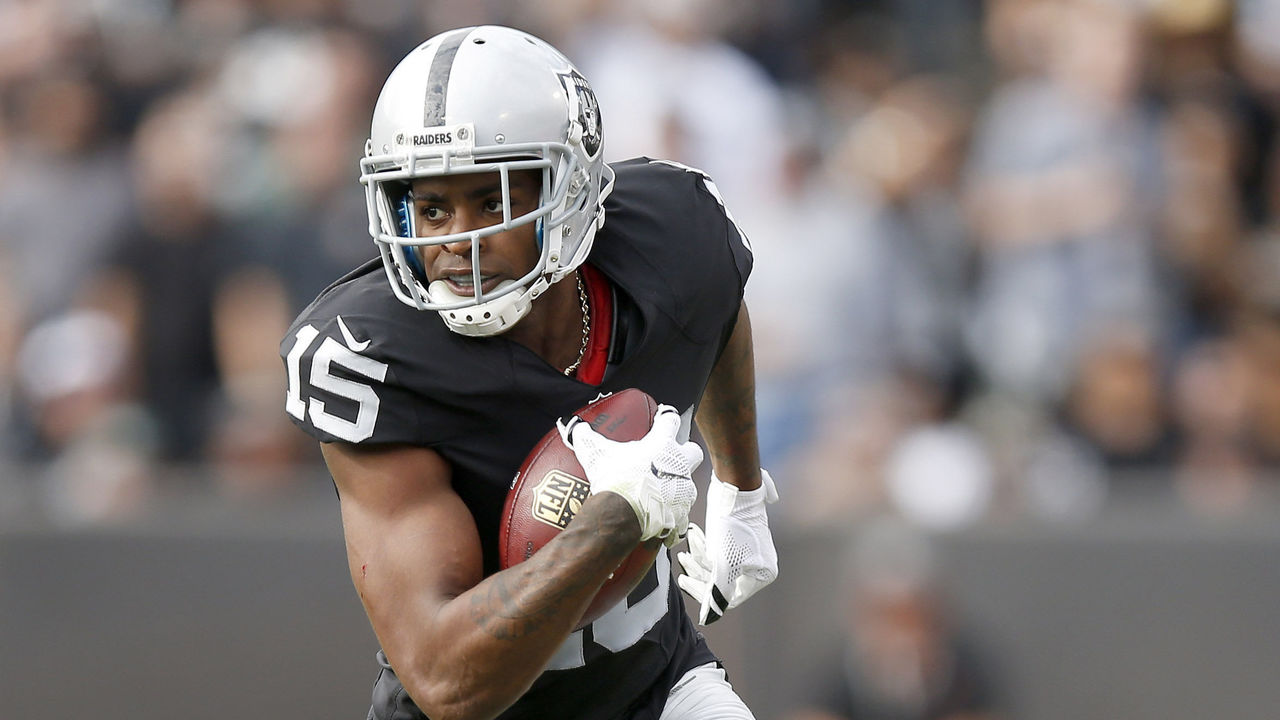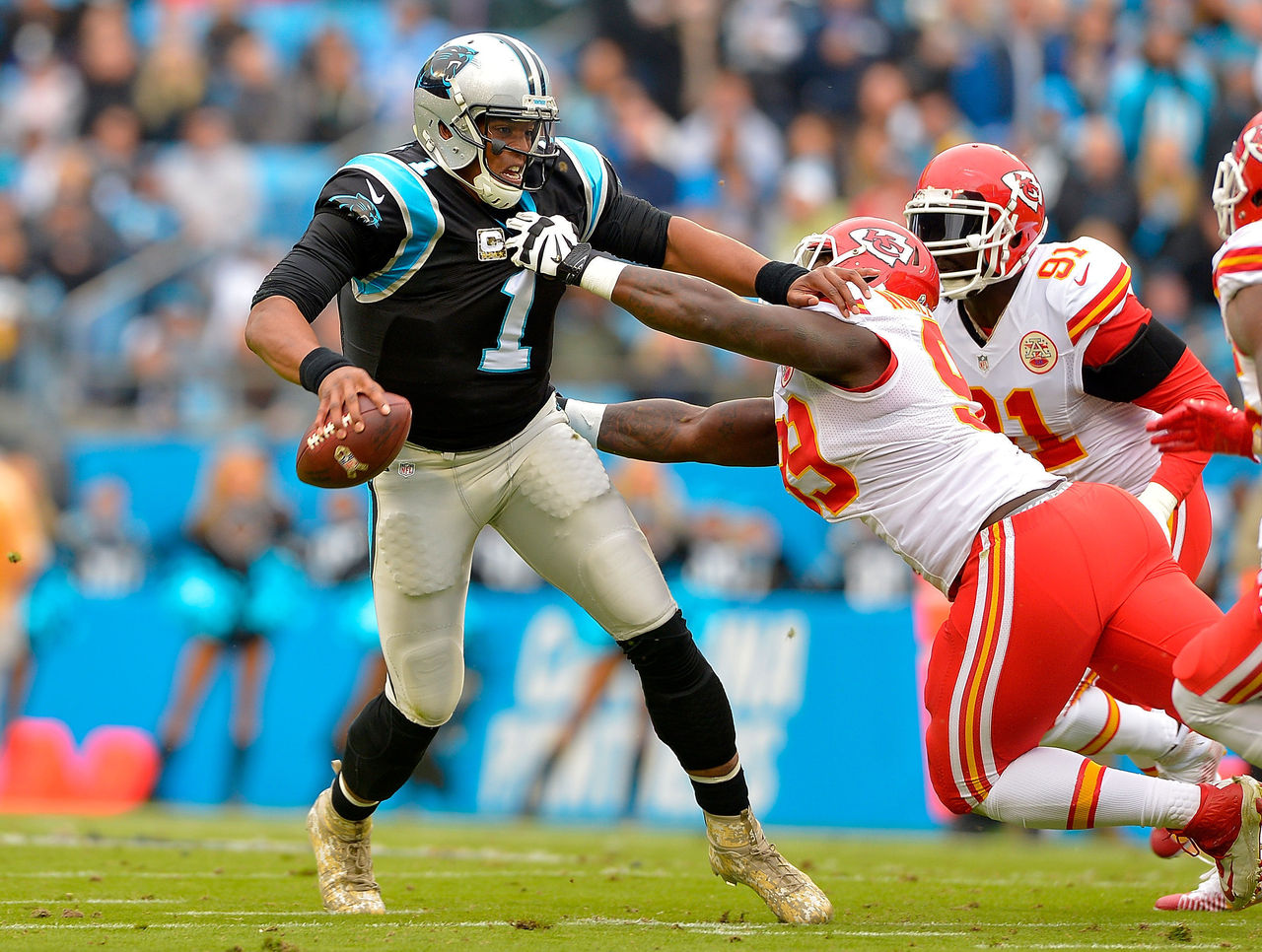Lessons from an MFL10 participant's rookie season
Follow theScore's fantasy feed on Twitter (@theScoreFantasy) for the latest news, features and more.
Not sure what exactly an MFL10 is? Read our primer.
I wasn't overly familiar with MyFantasyLeague.com or its 'MFL10' games prior to the 2016 NFL season, but the format is simple: each participant drafts a team of 20 players and team defenses (no kickers!), with the roster remaining unmodified throughout the year. There are no trades or waiver claims, so the team an owner drafts ahead of the season is the one being used through Week 16.
Upon creating an entry in theScore fantasy department's league, I finished in third place. Considering only the top two places receive prizes, it could be argued third was the worst position in which to finish, but considering my inexperience, the result wasn't bad for a first-timer.
Here's what worked and what didn't in my first year as an MFL participant, and what I learned going forward:
My 20-player roster (2 QB, 5 RB, 8 WR, 3 TE, 2 DEF):
| POS | Name | Team | Round drafted | Bye |
|---|---|---|---|---|
| QB | Cam Newton | CAR | 3 | 7 |
| QB | Tyrod Taylor | BUF | 11 | 10 |
| RB | Le'Veon Bell | PIT | 2 | 8 |
| RB | Ezekiel Elliott | DAL | 1 | 7 |
| RB | Carlos Hyde | SF | 4 | 8 |
| RB | DeAngelo Williams | PIT | 8 | 8 |
| RB | Zach Zenner | DET | 18 | 10 |
| WR | Travis Benjamin | SD | 10 | 11 |
| WR | Jaron Brown | ARI | 19 | 9 |
| WR | Sammie Coates | PIT | 13 | 8 |
| WR | Michael Crabtree | OAK | 7 | 10 |
| WR | Tyler Lockett | SEA | 5 | 5 |
| WR | Malcolm Mitchell | NE | 17 | 9 |
| WR | Breshad Perriman | BAL | 16 | 8 |
| WR | Terrance Williams | DAL | 14 | 7 |
| TE | Coby Fleener | NO | 6 | 5 |
| TE | Crockett Gillmore | BAL | 20 | 8 |
| TE | Vance McDonald | SF | 15 | 8 |
| DEF | Broncos | DEN | 12 | 11 |
| DEF | Cardinals | ARI | 9 | 9 |
What worked

(Photo courtesy Getty Images)
I took a fairly aggressive approach with my roster, as I reasoned that playing it conservative would likely lead to me finishing in the middle of the pack rather than in one of the top two places.
Drafting Elliott and a suspension-discounted Bell with my first picks ended up paying off, as the two star running backs were the linchpins of my roster, and both will surely be among the first few selections in 2017 fantasy drafts.
Crabtree's 89-1,003-8 receiving line paced my WR corps, as without a true elite option at the position, I relied on the strategy of hoping two-to-three players from my arsenal of complementary receivers and deep threats would catch a touchdown or produce a satisfactory yardage total each week.
For the most part, this was a success. Coates and Benjamin enjoyed strong first halves before being drastically slowed by nagging injuries, but Lockett, Mitchell and Perriman picked up the slack in the latter portion of the season.
My key players stayed relatively healthy; Hyde missed two games prior to Week 17 (MFL10s run through Week 16), and McDonald missed four, though still led my tight end trio with four touchdowns.
My two defenses were chosen within the first 12 rounds, and neither disappointed, finishing third and fourth in overall D/ST scoring.
What didn't

(Photo courtesy Getty Images)
In sticking with my high-upside approach, both quarterbacks, Newton and Taylor, were dual threats, adept at doing damage with either their arm or legs. Taylor's production was nearly identical to the season before, but Newton wasn't worth his third-round selection. After totaling 45 combined passing and rushing scores in 2015, he slumped to just 24 in 2016 despite missing only one game due to injury.
Given the Saints' recent history of strong production at the tight end position, I was high on Fleener's potential after he signed with the team as a free agent, but he didn't live up to his draft spot, recording a 50-631-3 receiving line.
In sticking with the tight end position, I expected Gillmore to be the main beneficiary of a preseason injury to Benjamin Watson. He caught just eight passes in seven games, and a healthy-again Dennis Pitta proved to be the Baltimore tight end to have.
What I'll do differently in 2017

(Photo courtesy Action Images)
I won't necessarily go all-in at the running back position again. Doing so wasn't a pre-planned strategy; I simply chose the players I deemed to be the best available, and they happened to be runners rather than receivers. A little more balance among my first few selections would have been desirable.
I'll be sure to select at least one "pure passer," as even if the production isn't consistent from week-to-week, those occasional multi-TD games are valuable. Last season, Eli Manning had five games of three or more touchdowns, and Matthew Stafford had four such outings. Either would have been available far later in 2016 drafts than Newton.
I paid only a cursory bit of attention to bye-week planning, and sure enough, Weeks 7, 8 and 9 were my lowest-scoring of the season and effectively sunk my chances of finishing in the top two. Week 8 left me with just two active running backs, one of which was the not-yet-a-starter Zach Zenner.
While my two team defenses, Arizona and Denver, performed strongly, there ultimately wasn't enough of a difference in output between them and other units to justify selecting them so highly. Leaving one, or both, defense spots until later in the draft would have allowed for improved talent and depth at RB and WR.